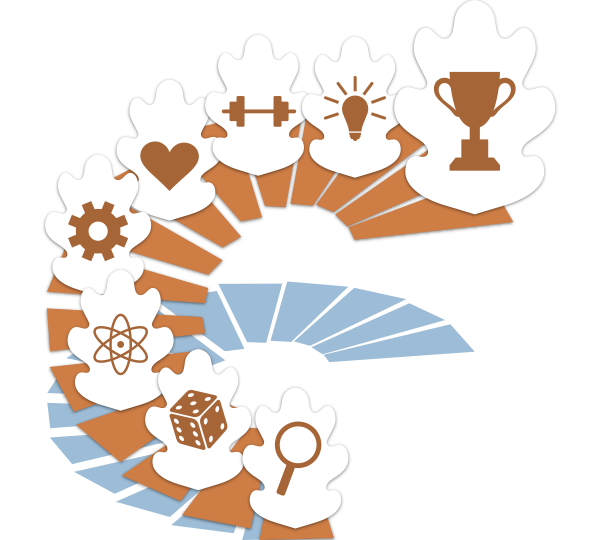
EN Creating a gamified experience involves an understanding of the psychology, mechanics, and aesthetics of game theory. In this process many variables need to be considered, such as how much it adapts to your target audience, how accurately is the message you want to tell going to be understood and interpreted, what tools you can use to get an optimum result, and how to keep the game competitive and fun. Additionally, once the experienced is over, you want your audience to think and talk about it, and even encourage them to get interested, research and reflect about your subject in their own time.
